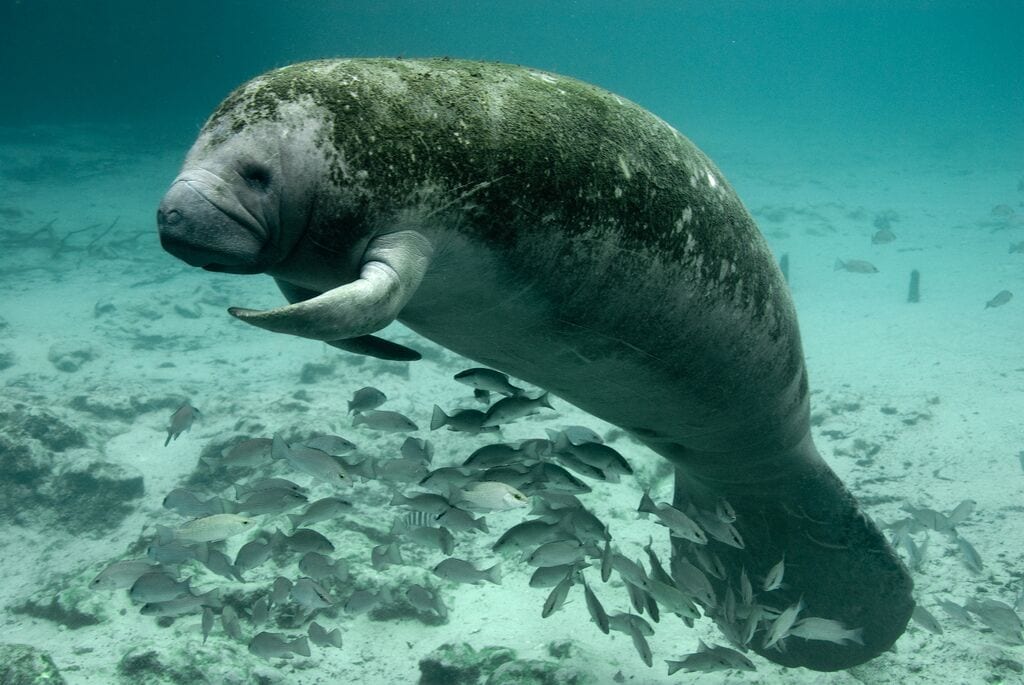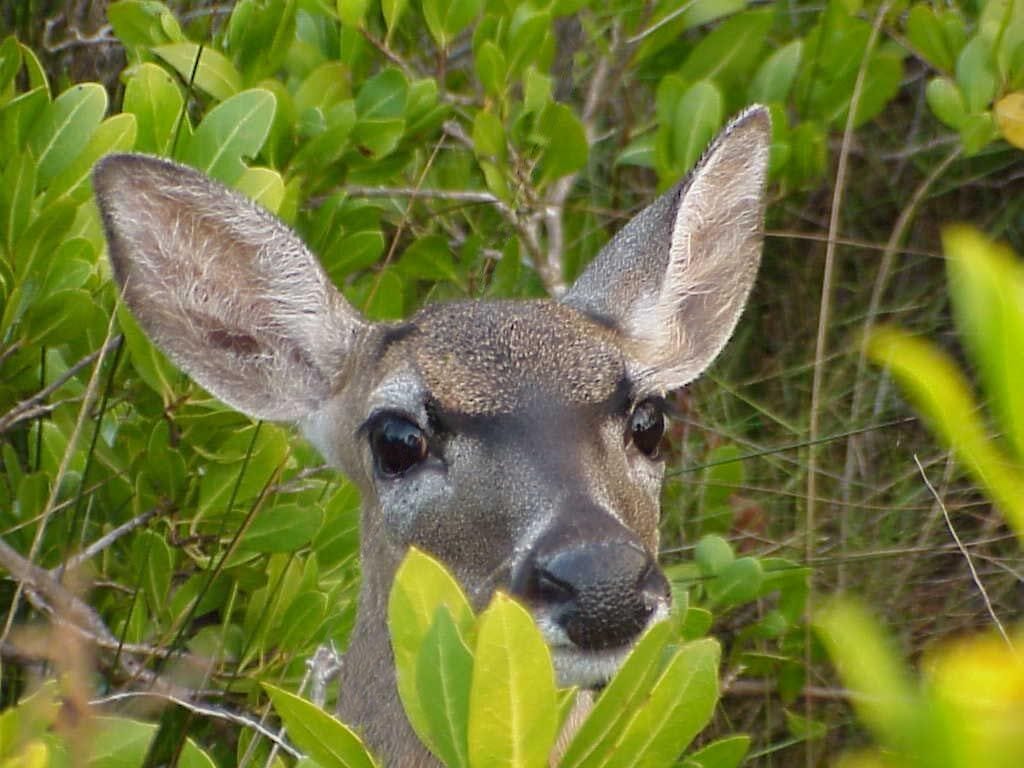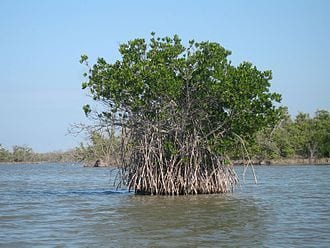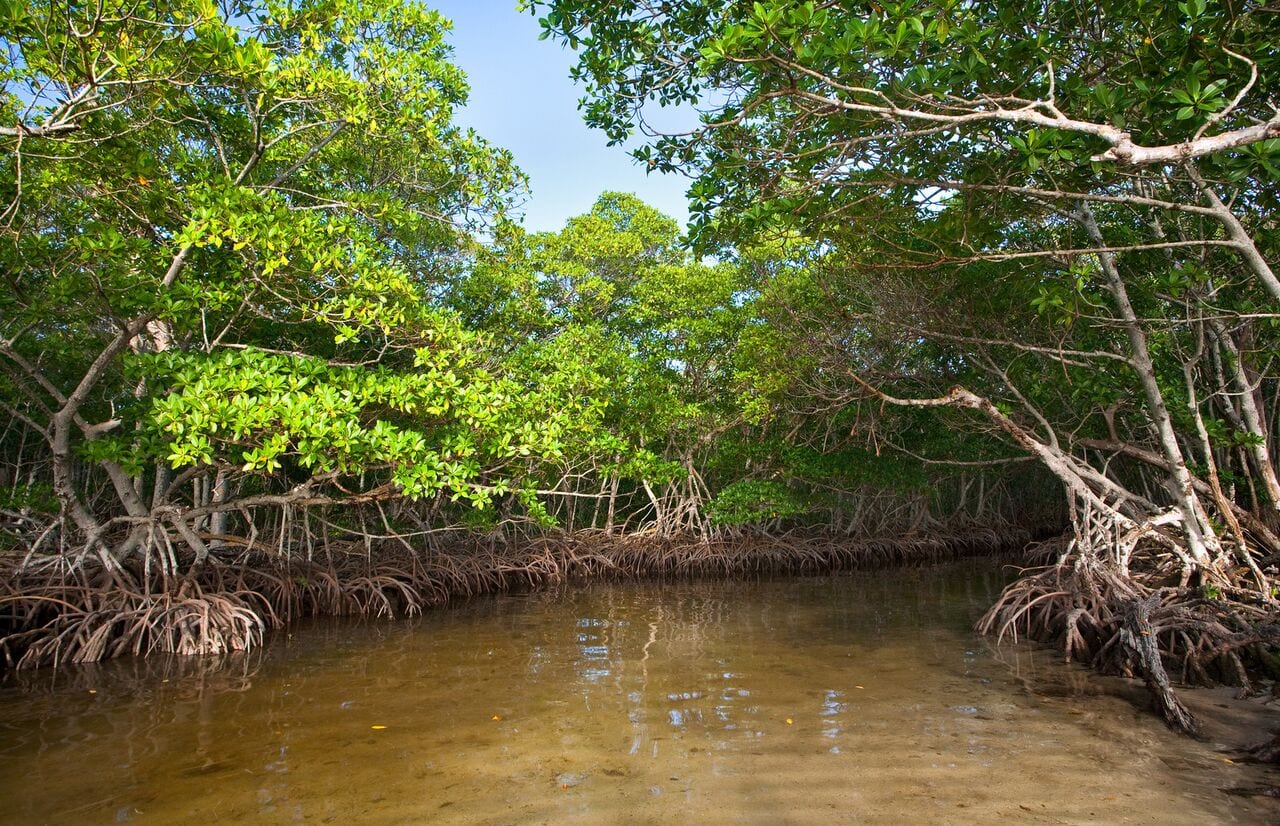Florida Waterways
“New Uses for Mangroves”
By Kevin McCarthy
Several years ago (2016) I wrote about the value of mangroves in the ecological status of Florida, how such trees or shrubs can grow in saline or brackish water, because they can tolerate salty conditions. Water-logged mud will not destroy them, because they can tolerate low-oxygen conditions. With better knowledge these days than in the past, scientists point out how many species of fish begin their lives in mangroves, and even sometimes prefer to hide there from larger predators.
Fishermen can find a wide variety of fish in mangroves: jack, mangrove snapper, sheepshead, snook, tarpon, and even barracuda. Scientists, in fact, estimate that 90% of commercial fish species in the state, and 75% of the game fish, live amidst the mangroves at some point in their lives. Skillful fishermen can thread their way among the mangroves to seek out those game fish hiding from other fish.
Scientists have recently pointed out a new use for mangroves: protecting low-lying areas from hurricanes. We know from the past two summers that hurricanes are becoming fiercer and more devastating for our state and our country. We also know that seas are rising, a situation that is very bad for our coastal cities, like Jacksonville, Miami, and Pensacola. Any way to protect our coastlines from further erosion and provide good fishing grounds for fishermen is welcome.
Mangroves can help protect our coasts, because the salt-tolerant trees and shrubs have an unusual root system, that holds soil in place, while at the same time aerating the soil. That ability reduces erosion and helps with drainage. A recent issue of Popular Science magazine, had an article about how Hungarian scientists are using a modular, lacelike concrete structure, which will act as a base for mangrove saplings, which usually have trouble getting started. Once the mangroves begin to grow and form a natural dam, the man-made structures will degrade, and thus disappear. The Nature Conservancy, in fact, is working with insurance companies to support mangrove areas along the coast.
Our state has come a long way from the 19th-century days when developers looked on mangroves as deterrents to their building plans. Instead of tearing them out of the way as developers used to do, today marine scientists have convinced our state officials how important such trees are.
The warm waters of the Gulf of Mexico on our west coast, and the Gulf Stream on our east coast, have allowed mangroves to flourish, which can greatly help the fishing throughout our peninsula. Even when the occasional frost in North Florida kills off some of the black mangrove trees, they can regrow from their strong roots. Florida mangroves are found around Cedar Key on the Gulf coast, and the Ponce de Leon Inlet on the Atlantic coast.
Kevin McCarthy, the author of St. Johns River Guidebook (Pineapple Press, 2008), can be reached at can be reached at ceyhankevin@gmail.com.
CAPTIONS
Red mangrove in Florida
Mangrove plants in Florida
Map of North Florida showing mangroves
A manatee swimming over a school of mangrove snappers
A Key deer in mangroves
Dense red mangroves in Florida






